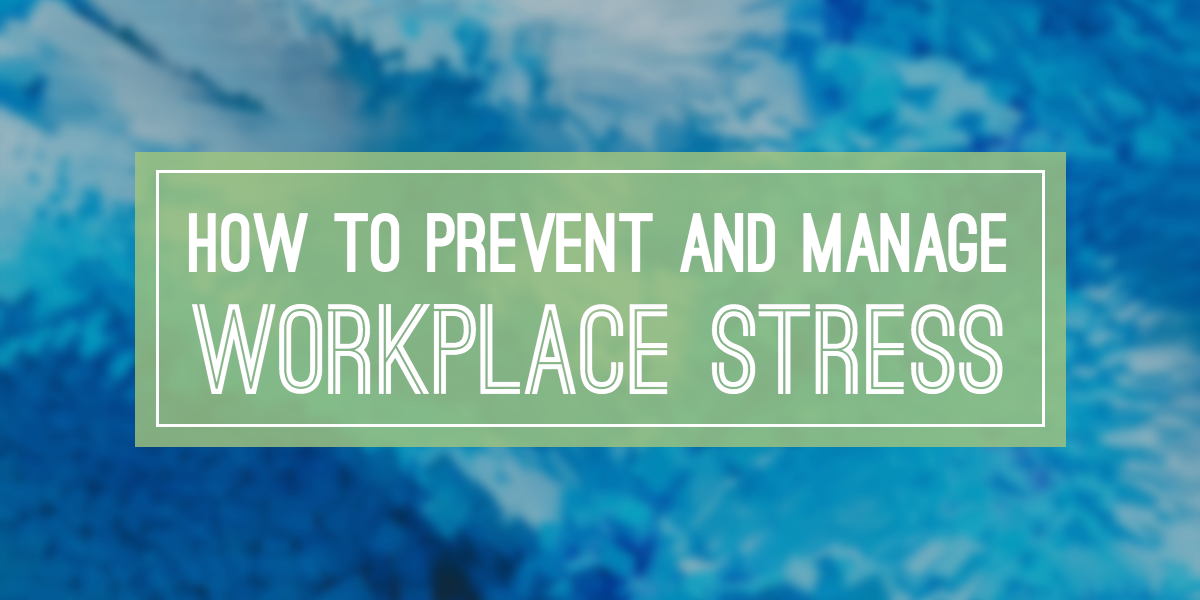
Every industry has its own stressful work environments, but working as a semiconductor professional comes with a unique set of stressors and challenges. While it can be tempting to work with an iron willpower despite the pressure, this can lead to burnout and low productivity. It's critical to stay cool during your day-to-day operations.
Instead of succumbing to crippling workplace stress, let's look at some ways semiconductor engineers and professionals can effectively manage their day-to-day workloads and stay productive.
Stay organized in all your efforts
According to Parkinson’s Law, “Work expands so as to fill the time available for its completion.” If you’re not paying attention to the time it takes to get work done, tasks will linger on forever. Staying organized in all your efforts can help you stick to a timeline, check off all your most important tasks, and minimize stress.
Create an organized calendar
Start by mapping out each day in a simple calendar. Whether you need time for a customer discovery call, coding, or designing processes, make sure to block specific times for each task. Sharing your calendar with your team members can also show them what they can expect in your day, so they can give you space when you’re busy and reconnect when you’re free.
Filter your emails
Sifting through dozens of emails every day can take over your whole schedule if you’re not processing them effectively. Instead of reading and responding to every message, categorize your emails and set aside time in your calendar to review them. For example, you can respond to “quick emails” for 20 minutes, save the “important emails” for the afternoon, and delete the spam emails last.
However you choose to tackle your inbox, make sure to block a designated time in your calendar to work diligently on emails— not simply whenever you get a notification.
Focus on your most important work first
When you have limited resources to figure out a mountain of issues, it’s helpful to use the 80/20 rule, also known as the Pareto Principle, to prioritize your focus.
The Pareto Principle states that 80 percent of your results come from 20 percent of your causes. For example, a majority of your bugs may come from a small part of your code or 80 percent of your profits may come from 20 percent of the customers.
To manage your work based on this rule, establish the most important tasks that will have the biggest impact on your projects and begin them early in your week.
If you have a long-term goal, break it up into shorter, more manageable tasks. Not only will you prevent procrastination, but you can rest easy knowing you’ve mapped out the important milestones.
Align your energy patterns to your work
In a given work day, we’re naturally more energetic and motivated at specific times. Leveraging this rhythm can help maximize your peak performance and engineer your day for the highest productivity. If you’re unsure how to manage your workload based on your energy, start by asking yourself:
- When are you able to invest energy in challenging tasks?
- What time of day do you feel most tired or alert?
- Do you need breaks before meetings or can you handle back-to-back events?
It makes a big difference when you schedule high-stakes encounters at your highest mental energy rather than when you have minimal energy. Moreover, you’ll more likely to reach a consistent flow state and do your best work at your ultimate focus.
Reward yourself with breaks
As busy engineers, we’ve all skipped breaks, lunches, and vacation days to continue working. But this is a fast track to stress and burnout. It’s important to give yourself a break to increase productivity, replenish attention, and encourage creativity.
Take a walk, exercise, or use your vacation days to go on a trip. Do something to help you decompress and recollect your thoughts. Keeping our minds off high-mental work is crucial to get clarity and our best ideas. Make sure to plan some down-time, even if it’s tempting to go back to work.
Putting these tips into practice can help you avoid extra unnecessary stress or burnout so that you can continue bringing your best work to the table every day.



